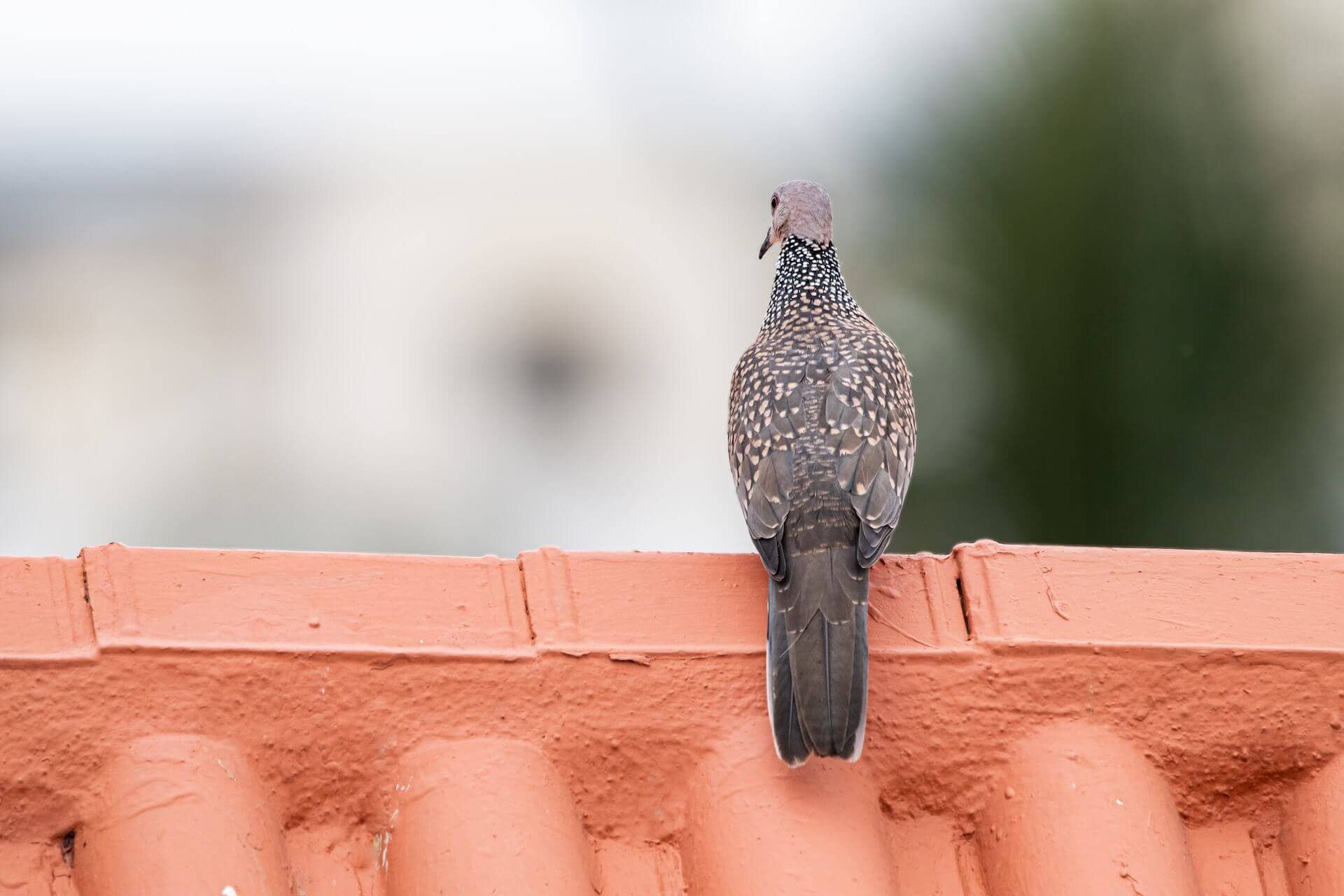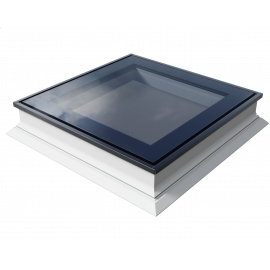When asked about ‘annoying’ or ‘detrimental’ animals, birds don’t usually come to mind. But if you have had the misfortune of owning a home with birds nesting on or in it, you understand how much of a pain they can be.
Birds nesting on the roof is not only a cause of annoyance, but can also damage your roof, stain your home, and corrode the internal structure of your house, all necessitating very costly renovations. That’s why it is necessary to stop birds nesting, and in this article, we’ll go over four ways you can do just that.
Table of Contents
Effectively Seal the Roof and Get Rid of Suitable Nesting Areas
Usually, birds create their nests in gaps and holes in the roof. These are excellent places for birds providing a suitable environment for sparrows, doves, crows, and other species.
So, one of the first things you need to do is carefully inspect your roof for any suitable nesting areas, any holes, and any gaps. By preemptively blocking access to these areas, you can prevent birds from nesting on the roof.
The advantages of this approach are that it is easy, inexpensive, and highly effective. It is usually the first step you need to do if you want to deter birds from your roof. Its main disadvantage is the fact that it isn’t a bullet-proof solution, and birds might continue to create nests on the roof even after you’ve prevented access to all gaps and holes. In this case, you should continue with other solutions on our list.
Consider Buying Bird Spikes or Nets to Stop Birds Nesting
If filling up the gaps and holes in your roof isn’t enough to deter the birds, then it is time for more transformative solutions. These include bird spikes, bird netting, and bird scarers:
Spikes
Many people wonder about the effectiveness of bird spikes when looking for bird deterrents. And without a doubt, we can say spikes are very effective. They are efficient for many species of birds in a variety of situations.
Bird spikes are used to deter house sparrows, pigeons, and other species of birds from landing on ledges, railings, and structures, and thanks to their flexible structure, they can adapt to buildings and roofs of all sizes and shapes. Bird spikes are often used in business buildings to keep out unwanted birds, prevent nesting birds, and improve the curb appeal of the building by keeping it clean.
The advantages of spikes:
- They are highly effective in preventing birds nests on the roof.
- They’re an affordable solution that requires little change to the structure of the roof.
- They’re versatile and can be used with a range of different types of roofs and structures.
The disadvantages of spikes:
- Some consider it inhumane – spikes might hurt and even kill birds, which is a step too far for many. If you want more conscientious solutions, you need to take a different approach.
- It prevents you from using the roof: putting spikes on roof tiles will make roof access harder, and if you have been using the roof for any practical reason, chances are, you’ll have to give it up once you install the spikes.
Nets
Nets are available in a variety of colours and may be draped over almost any house or building to deter birds and prevent birds from nesting.
Installing bird nets, when done properly, is a deterrent – a physical, barrier that successfully solves the bird problem regardless of the bird species.
Advantages of nets:
- It is more humane than spikes. It deters bird nests without harming the birds.
- The nets are malleable and can cover the entire roof regardless of its structure. Whether it is house sparrows birds’ nest or it is pigeons, nets can get the job done.
- It can also be used for other structures like roof gardens or fields, making it a very versatile solution.
Disadvantages of nets:
- Nets can interfere with roof access, preventing cleaning/maintenance and becoming a nuisance in general.
- Unlike spikes and bird wire, nets generally require more maintenance. Not only do they deteriorate and get damaged quicker, but they also suffer damage from the elements.
Repairing and Renovating the Roof
Renovating and repairing your roof can help prevent birds from nesting by fixing any holes or gaps in the roof, which are places where birds can enter or nest.
Not only that, but there are extra steps you can take during the renovation process to make sure you stop birds from nesting on in your roof:
- Using bird-friendly materials: Some roofing materials, such as clay tiles, metal sheets, or flat roof skylights can deter birds from nesting on your roof. These materials are harder for birds to grip onto and are less attractive for nesting.
- Removing existing nests: If birds have already built nests on your roof, it is important to remove them before renovating your roof. Not only will this clean bird droppings and make your house cleaner, but it will also help prevent birds from returning to the same spot to build a new nest.
By taking these steps during your roof renovation, you can help prevent birds from nesting on your roof. This can help protect your roof from damage and helps protect the birds themselves by preventing them from nesting in an unsafe location.
Birds on Roof FAQ
How Do I Get Rid of Birds on My Roof?
Are birds creating a persistent problem for you? Don’t worry, there are plenty of ways you can deal with them. Whether it is installing spikes or nets to prevent them from nesting, using decoy birds to scare the birds away, or repairing your roof to take away nesting areas, there are many ways you can fix this problem.
Why Are Birds Gathering on My Roof?
Birds gather on a roof for a variety of reasons: It is a suitable nesting ground, it is warm, it offers food, etc. If they’re becoming a nuisance, you can take steps to prevent the birds from nesting.
Are Birds Nesting on the Roof a Problem?
Aside from leaving behind bird droppings and making noise, bird nests can have a detrimental impact on the structure of your home. If you leave birds to nest within your roof for a prolonged amount of time, your home might require costly repairs. This is why it is good to deal with the problem as soon as possible.
Other products in category: Flat Roof Windows
£1112.50 tax excl.
Other products in category: Flat Roof Windows
£870.83 tax excl.


